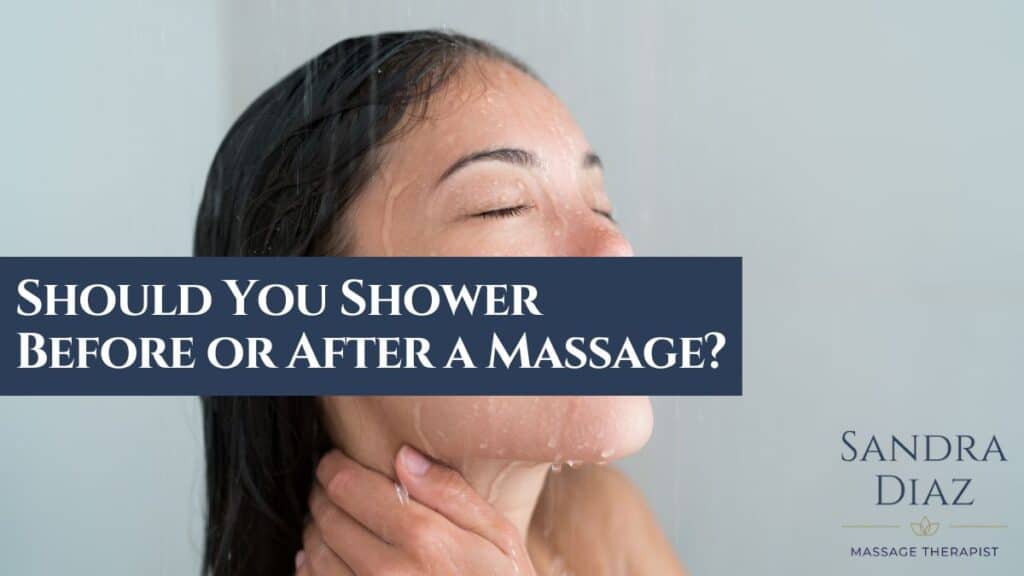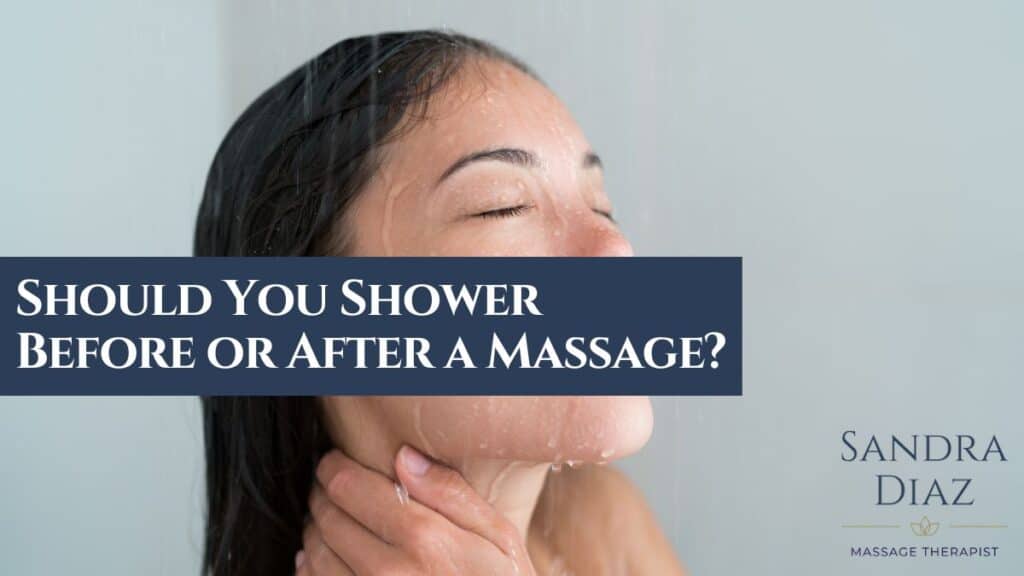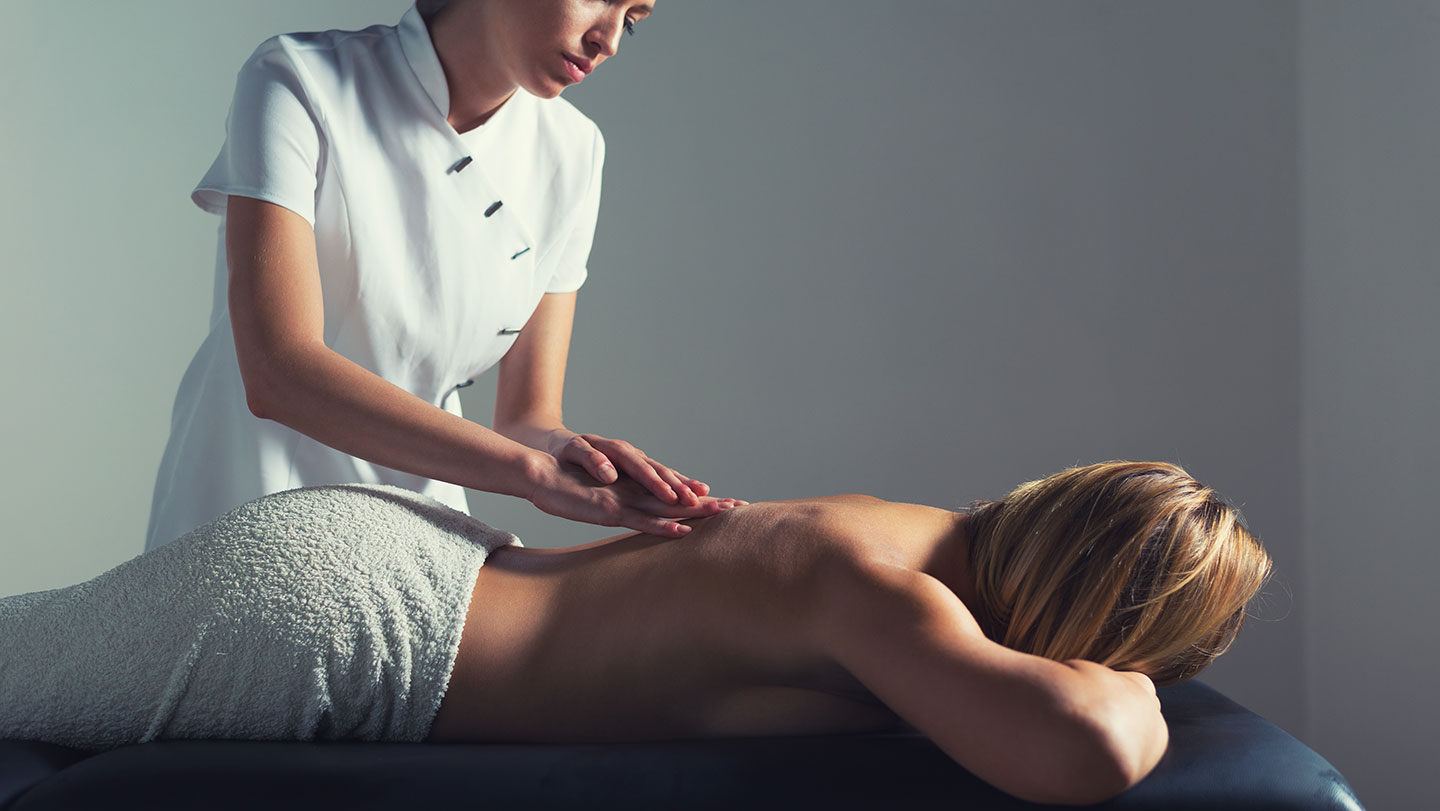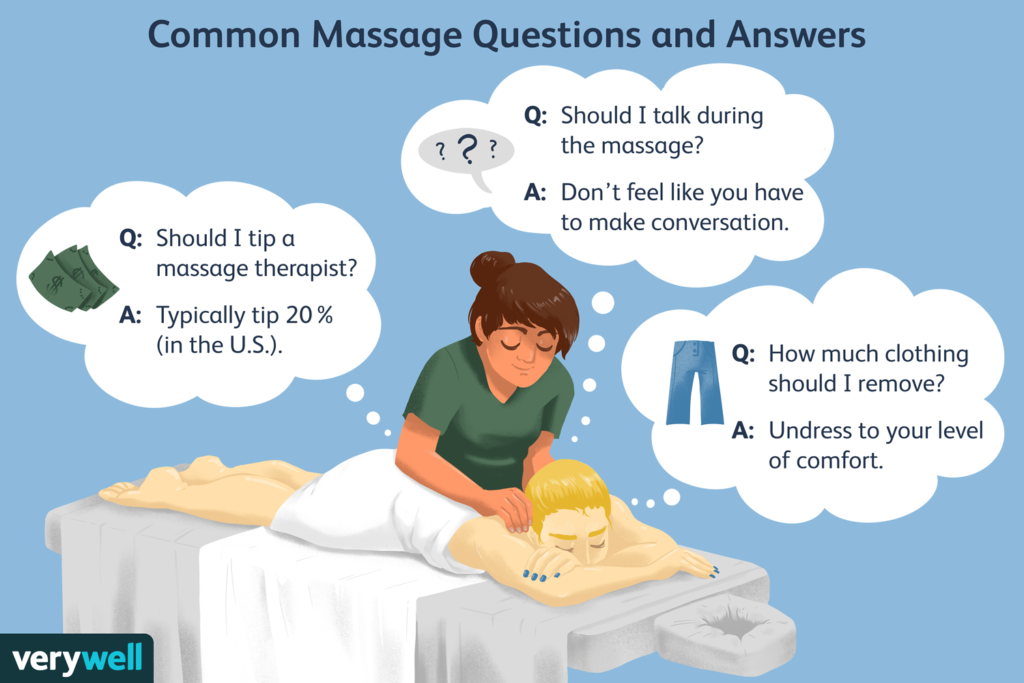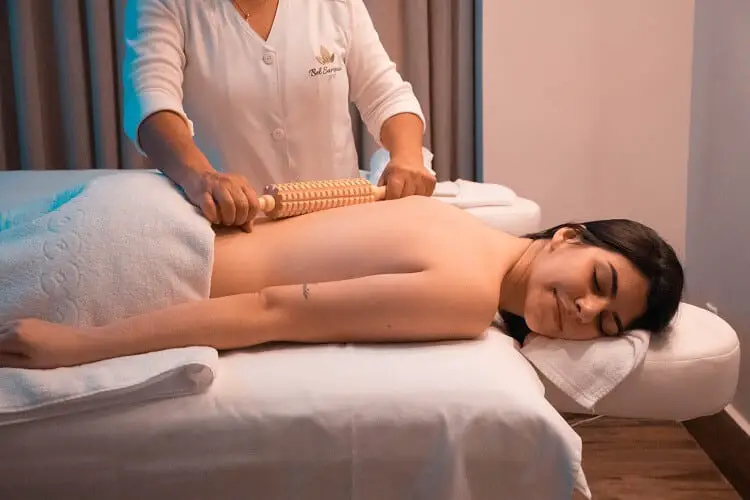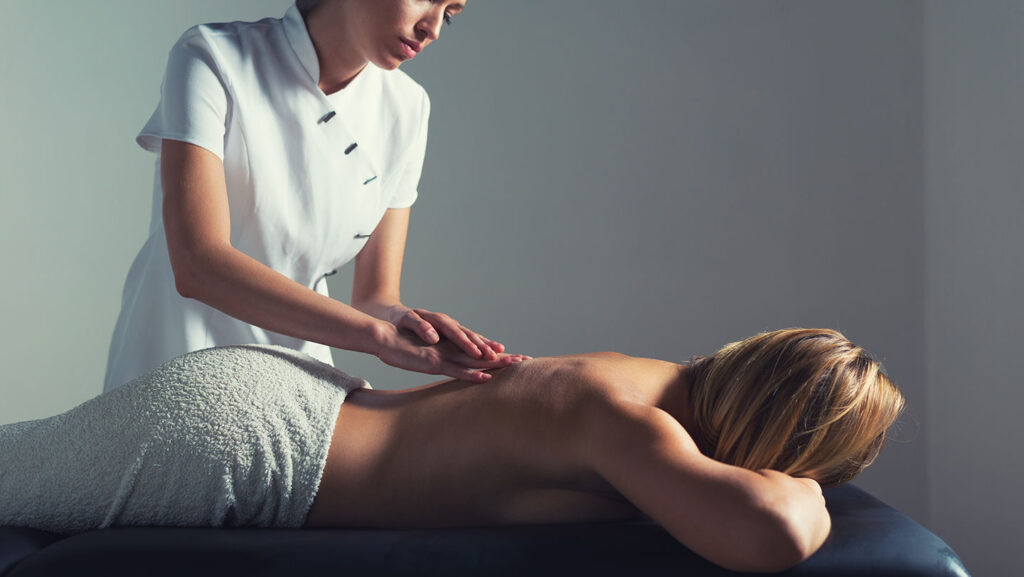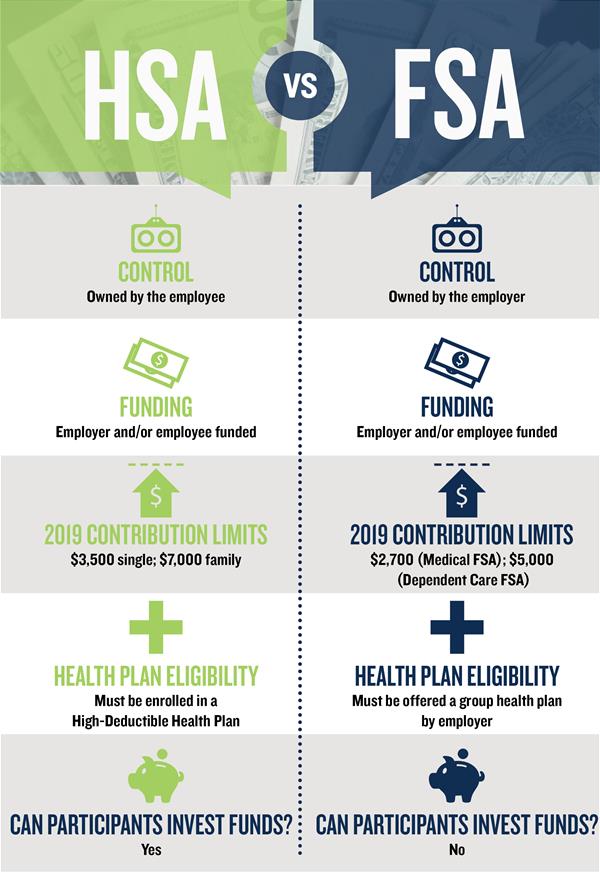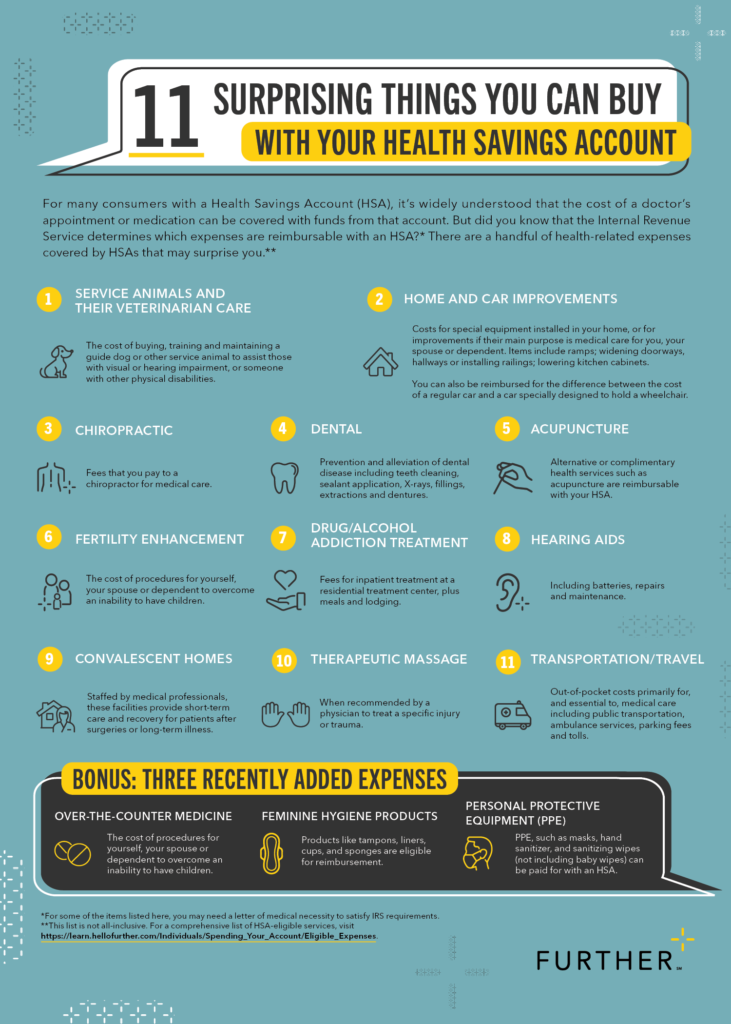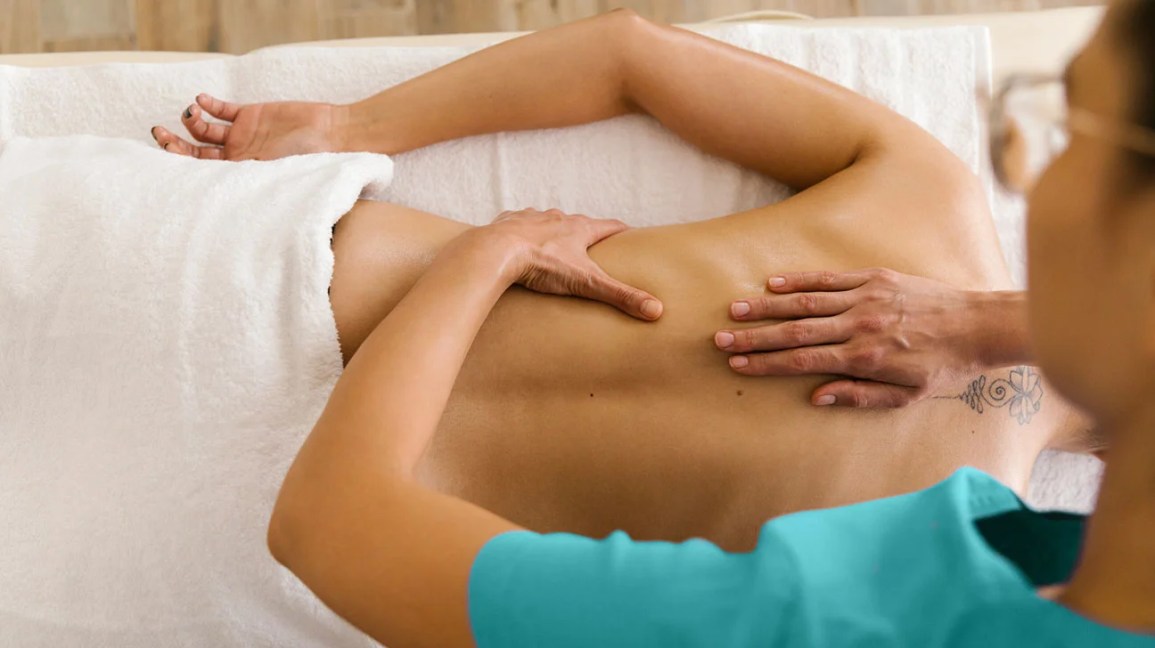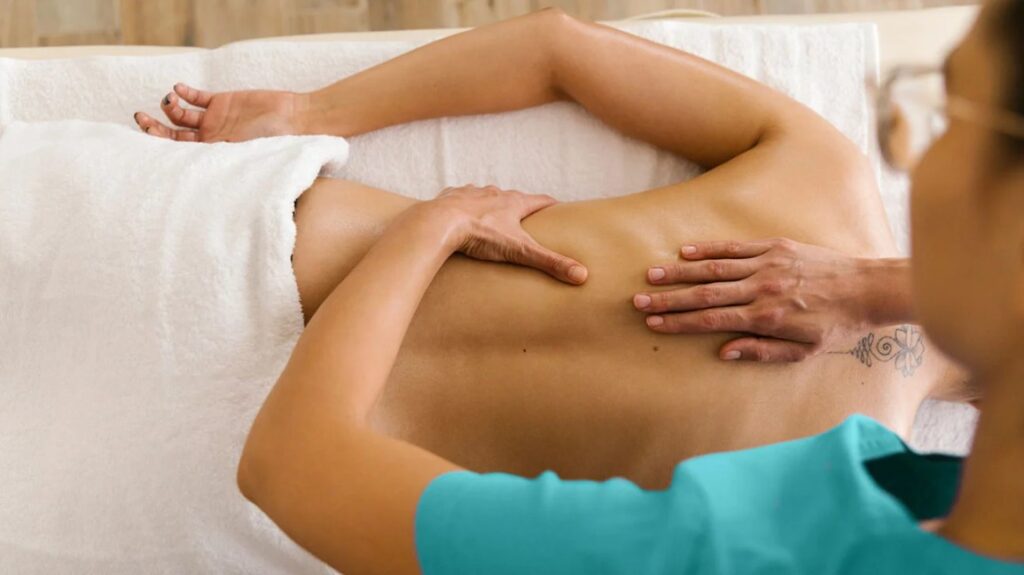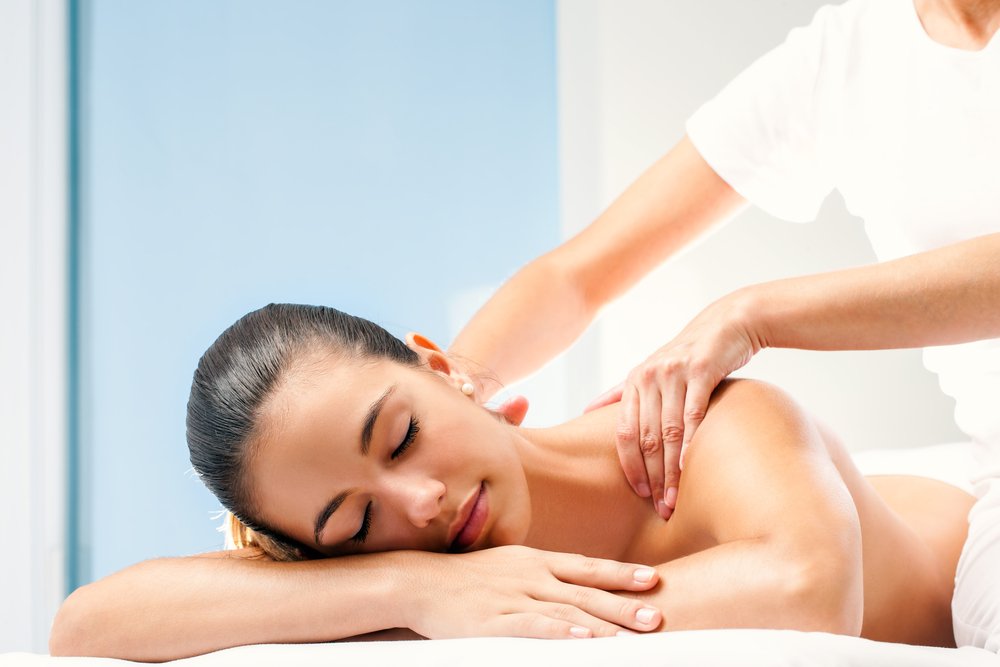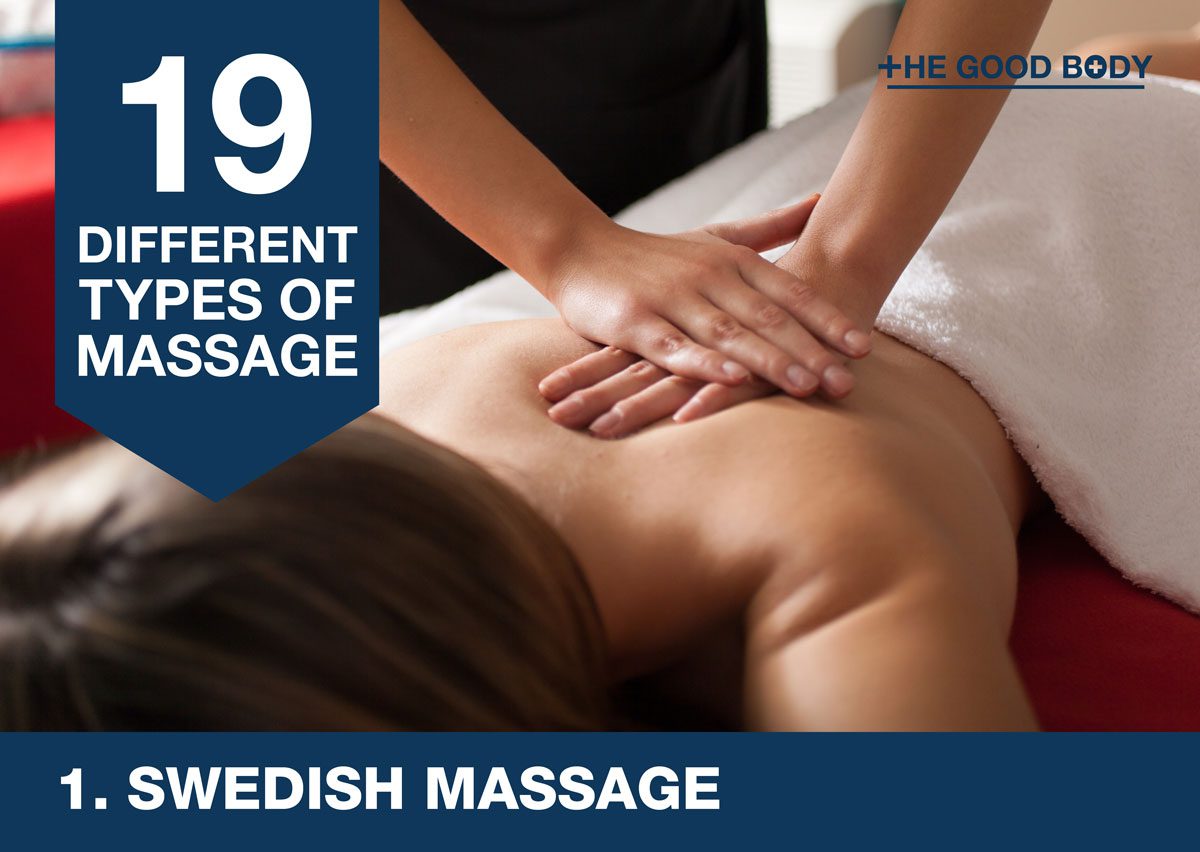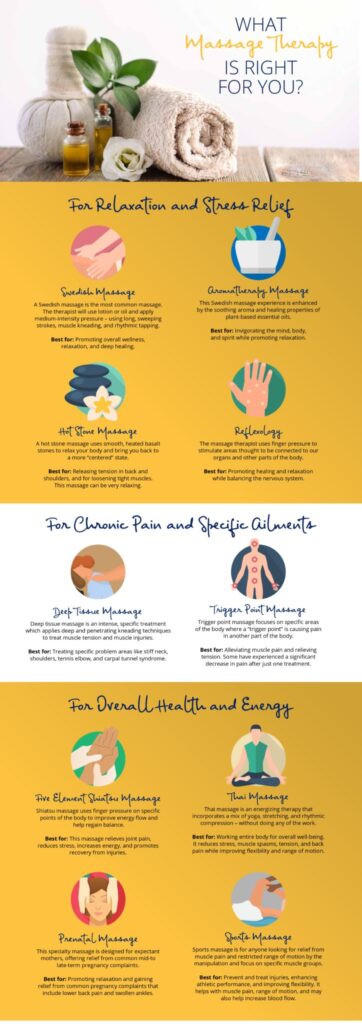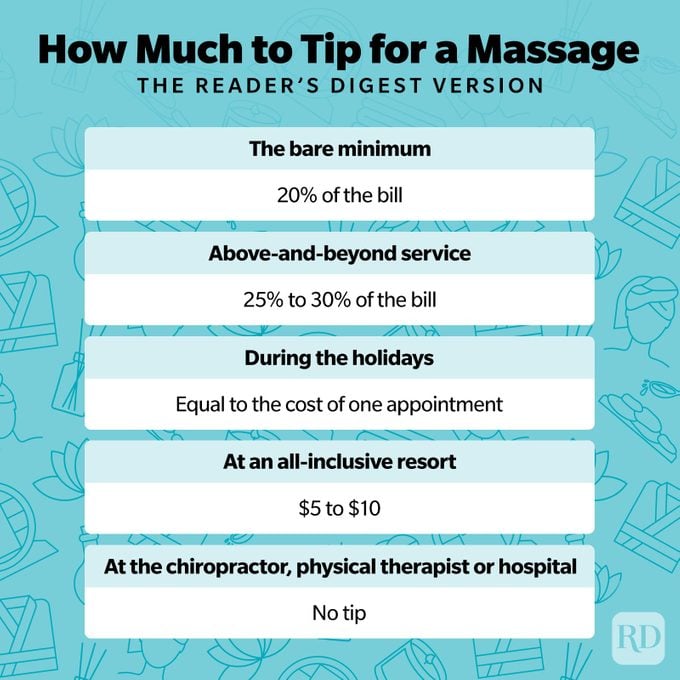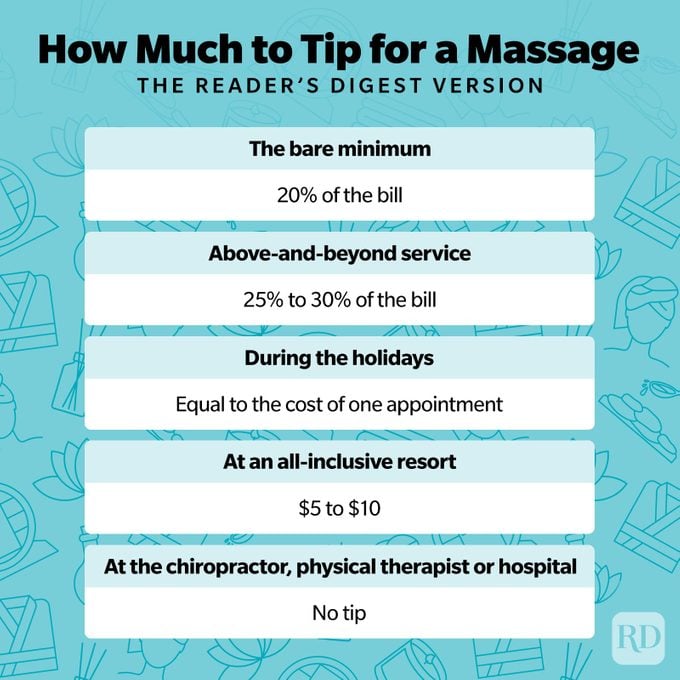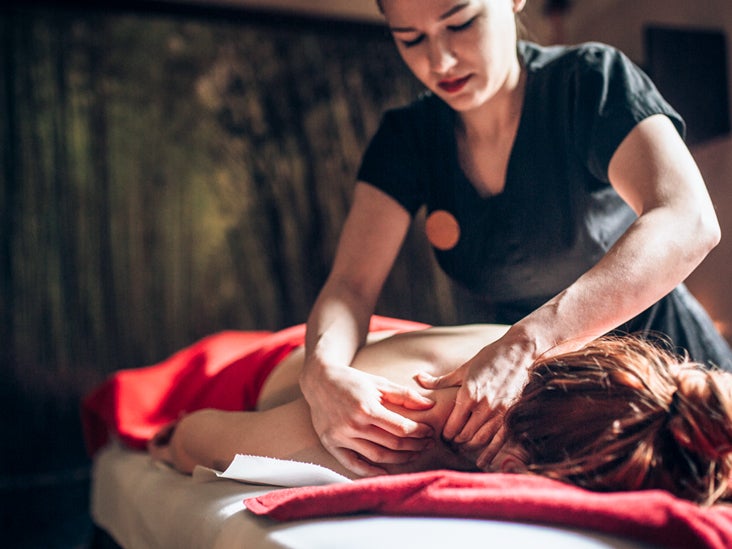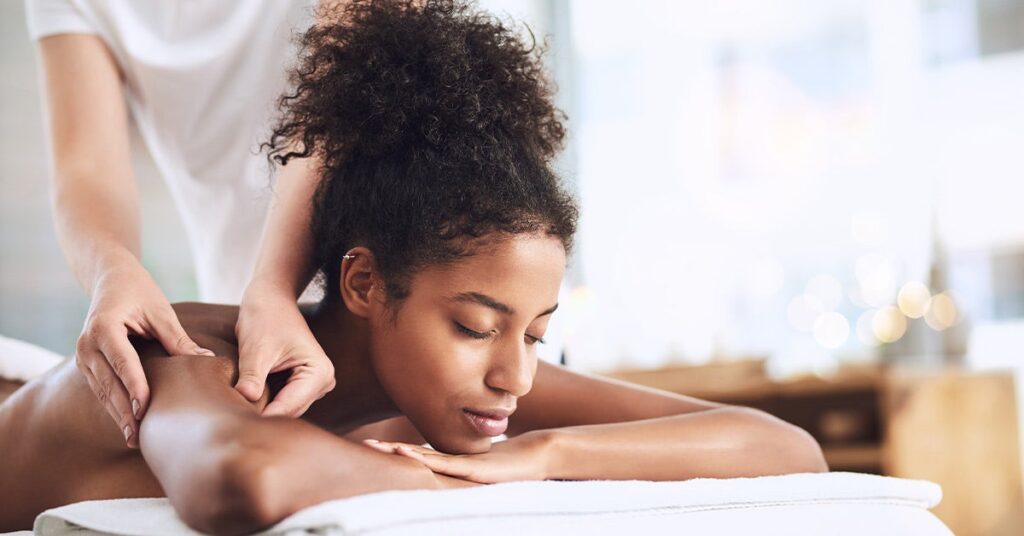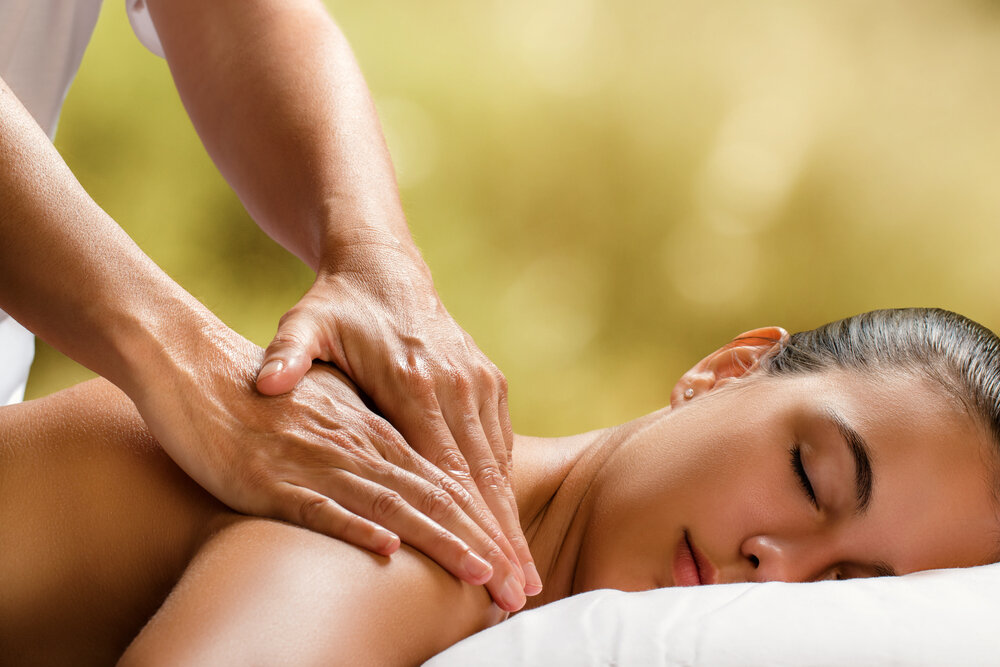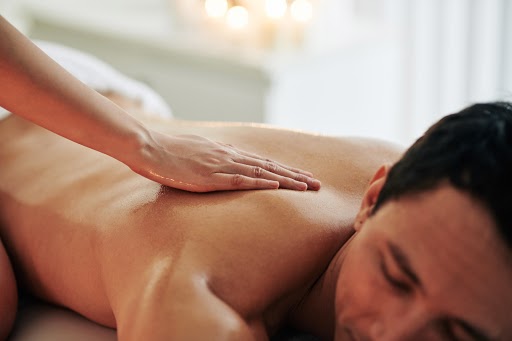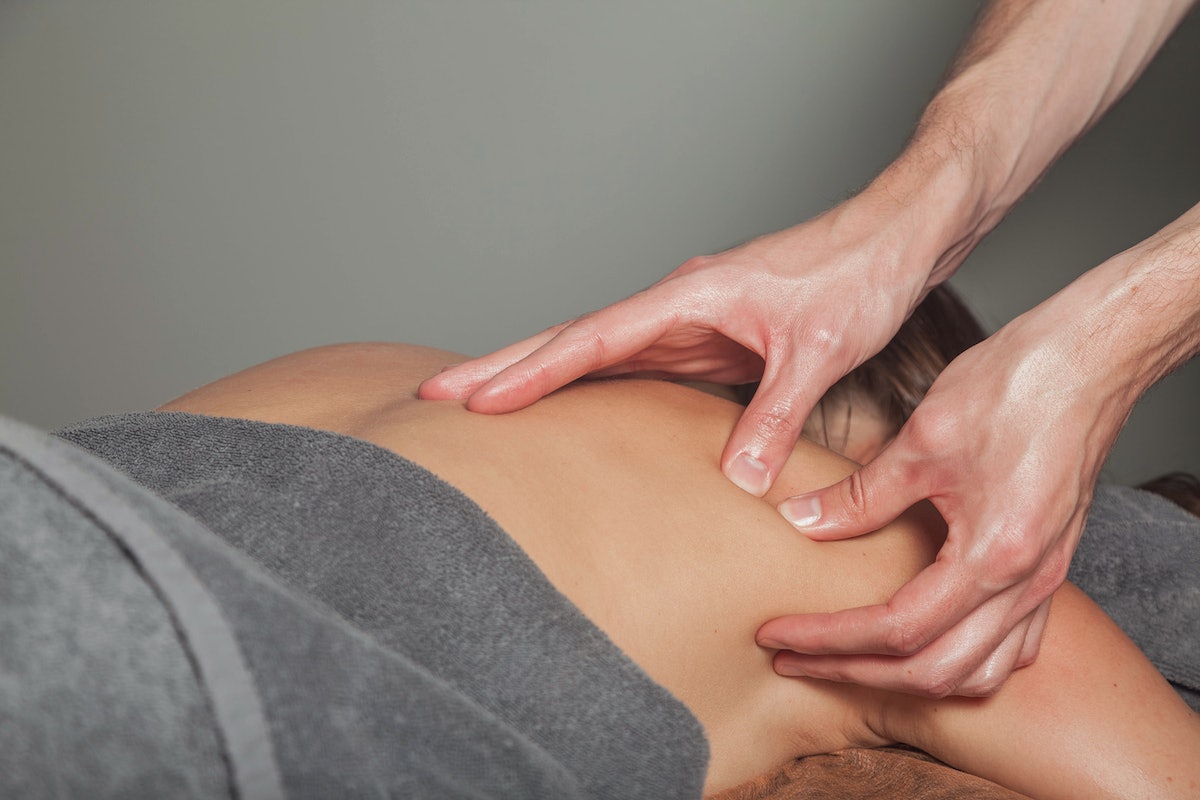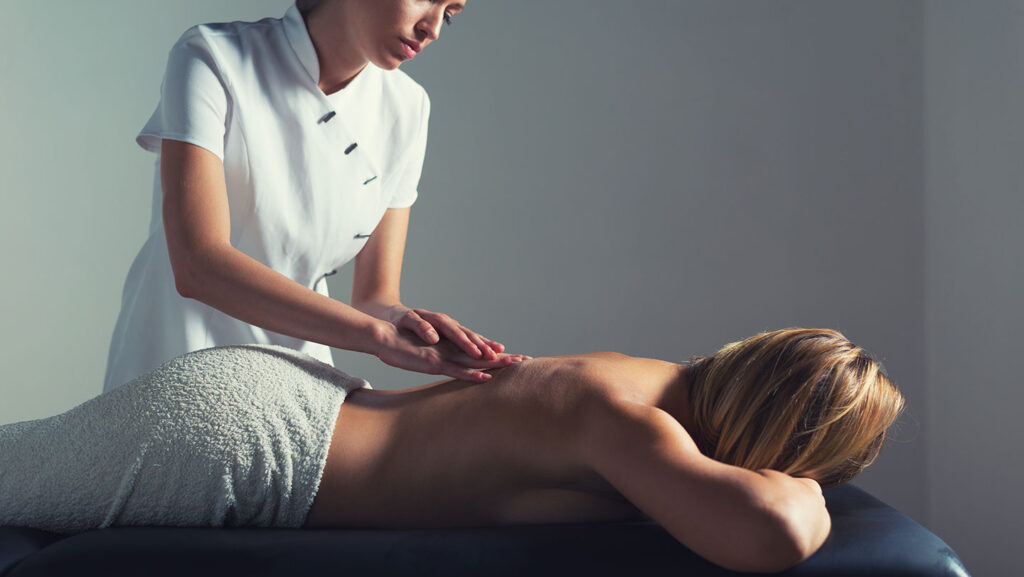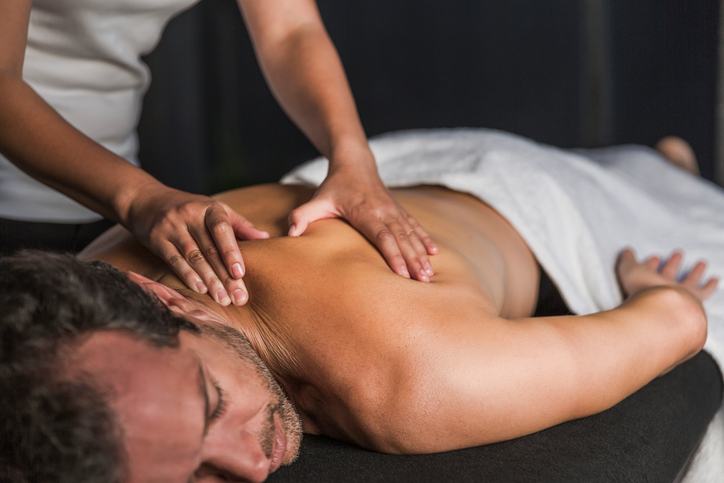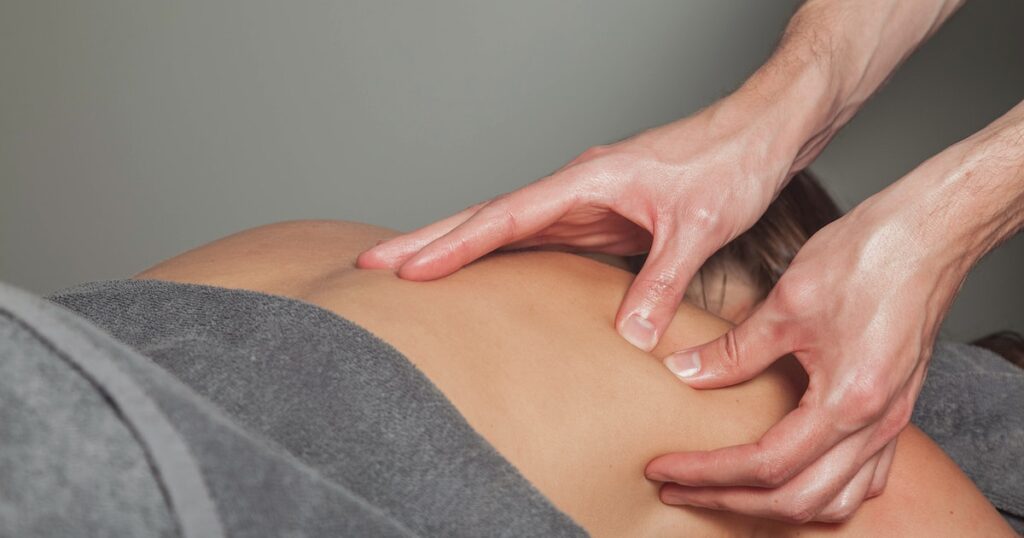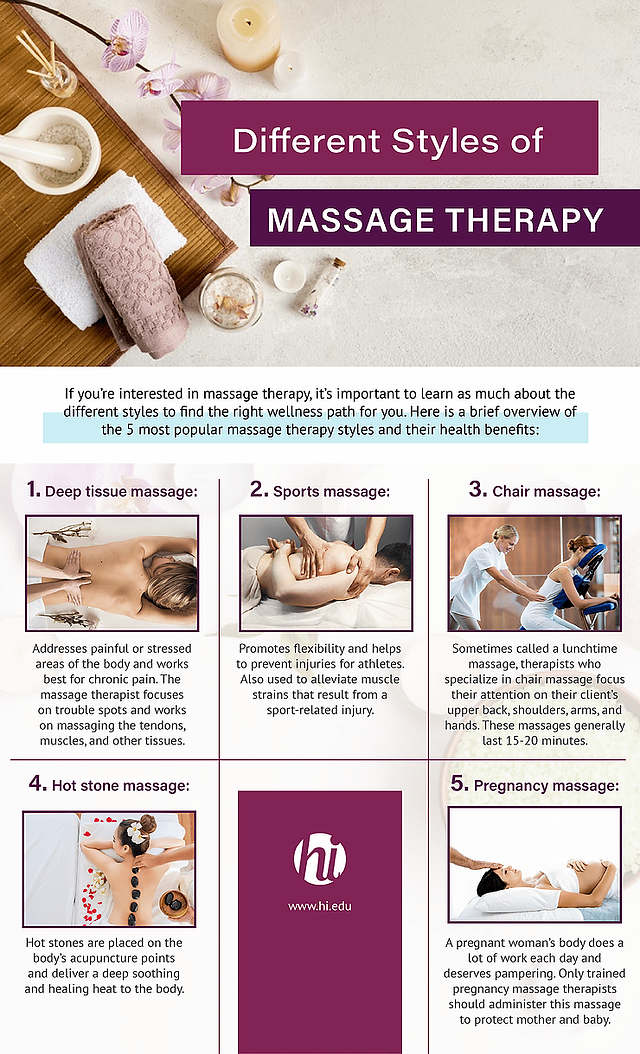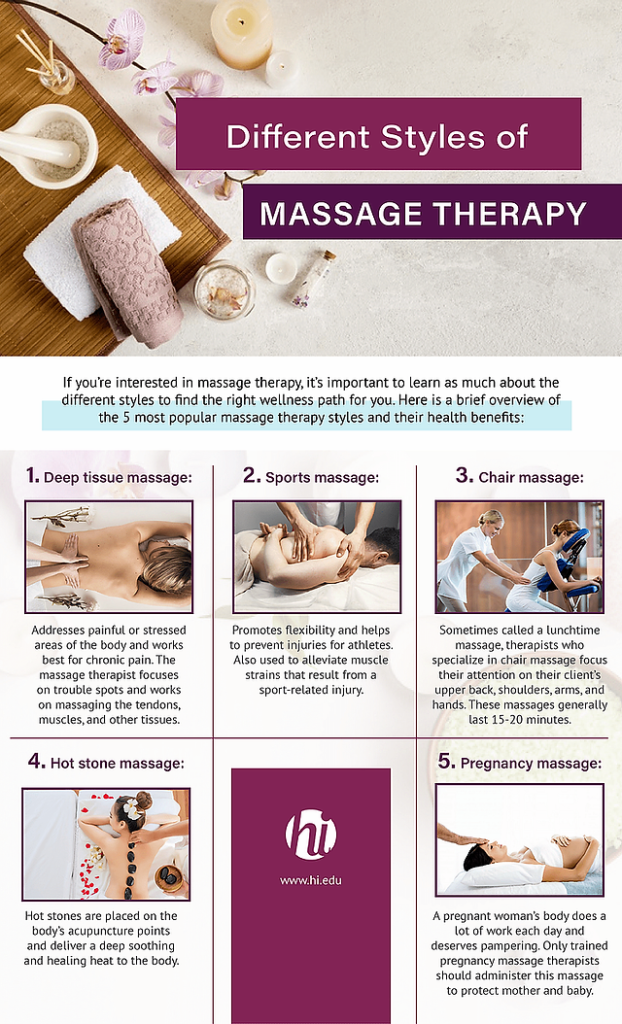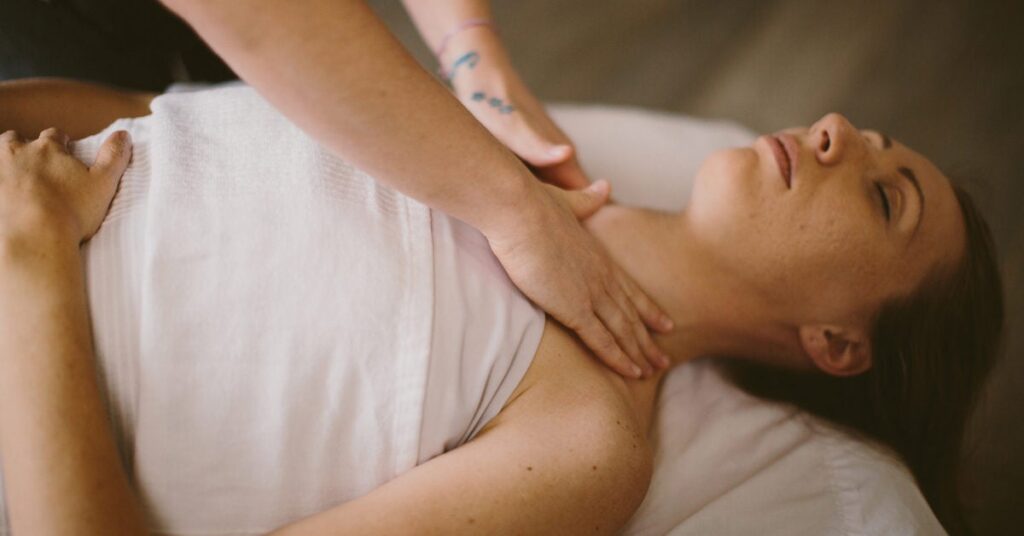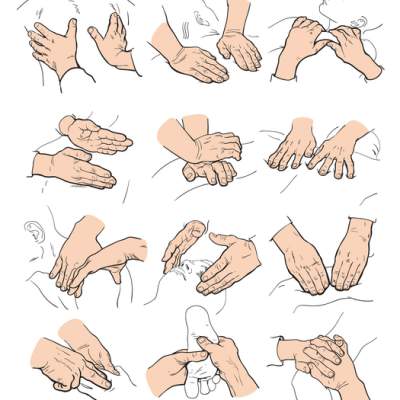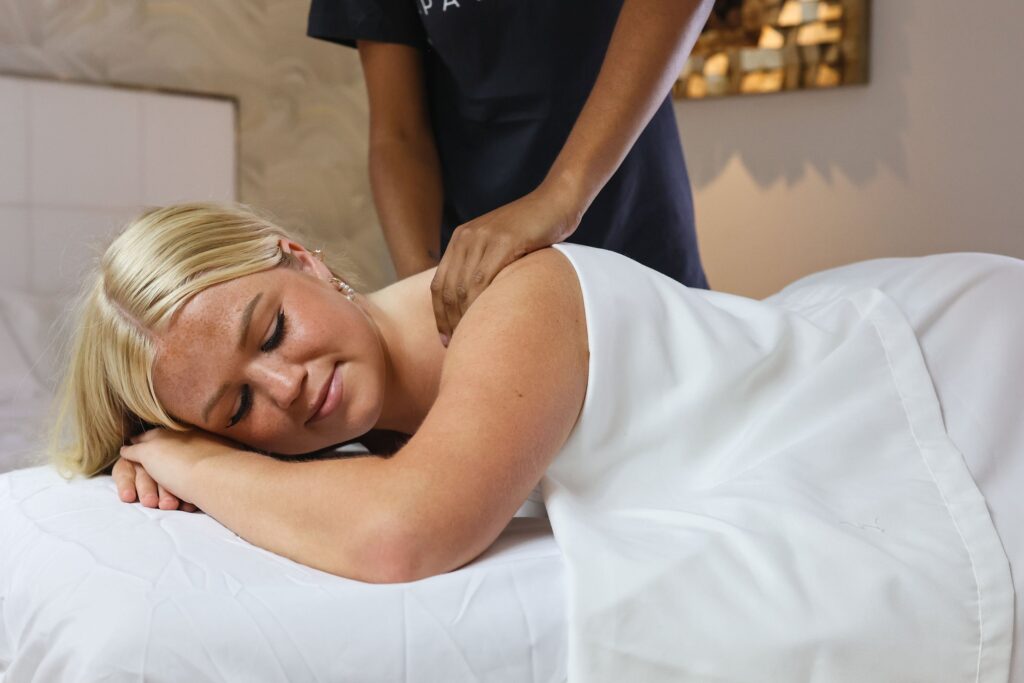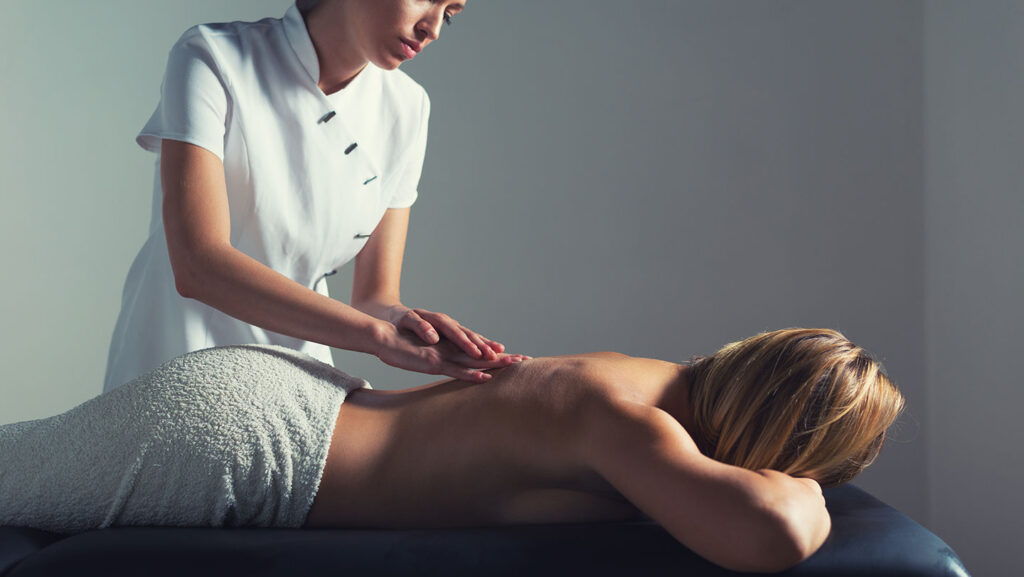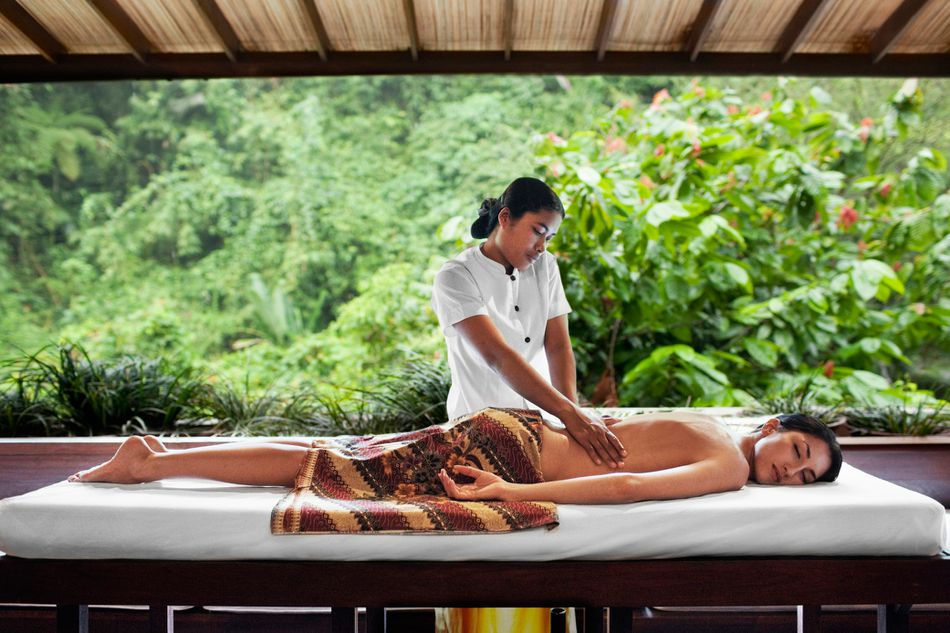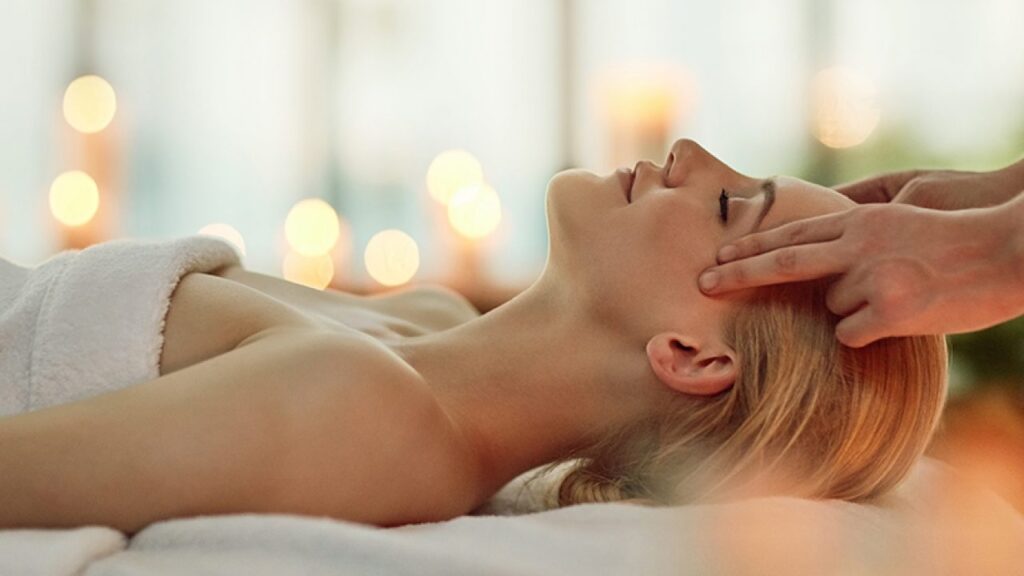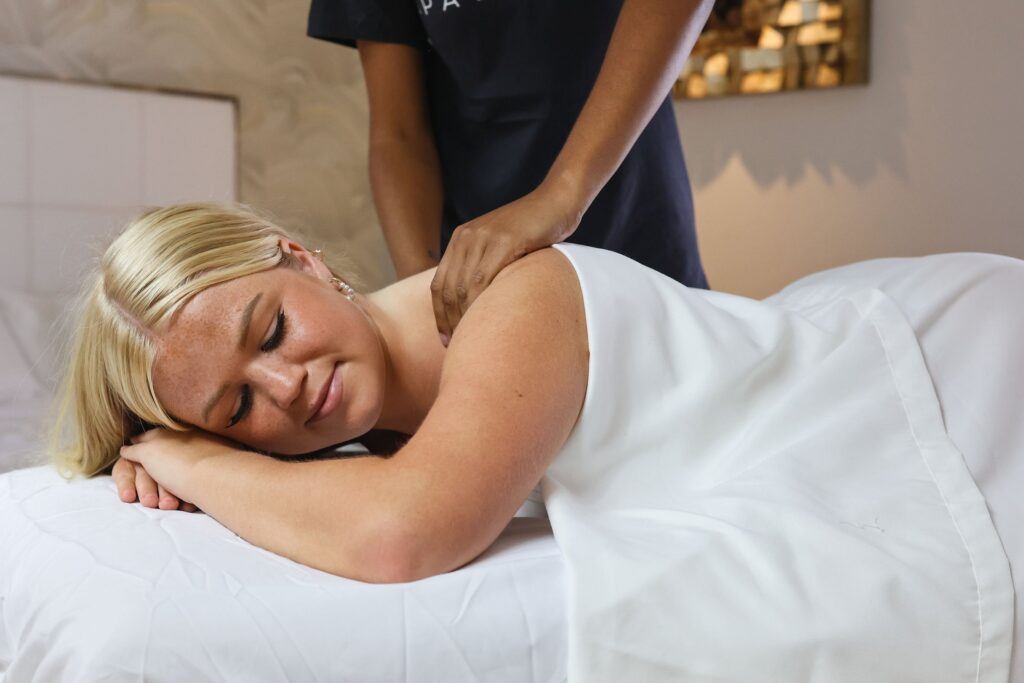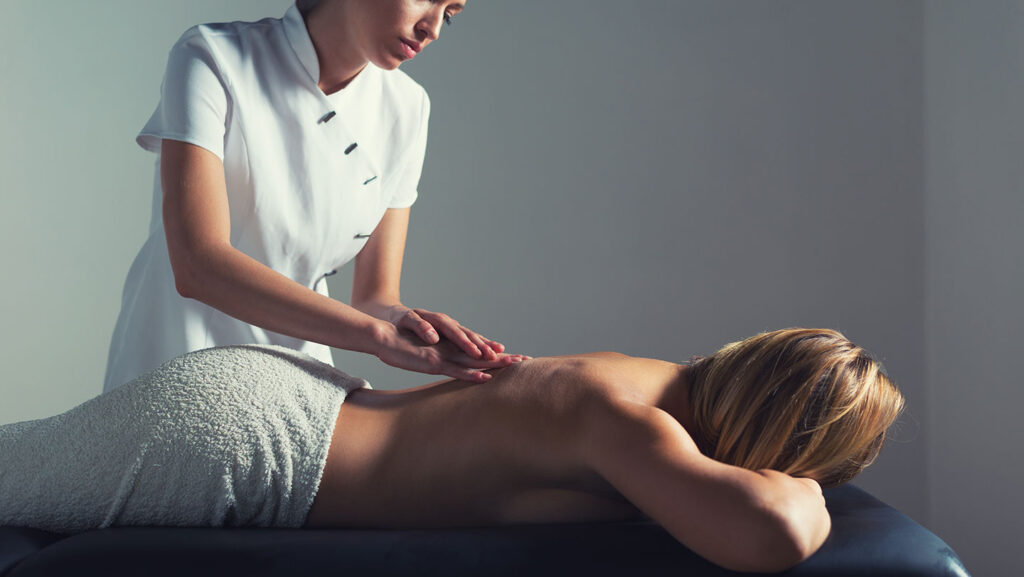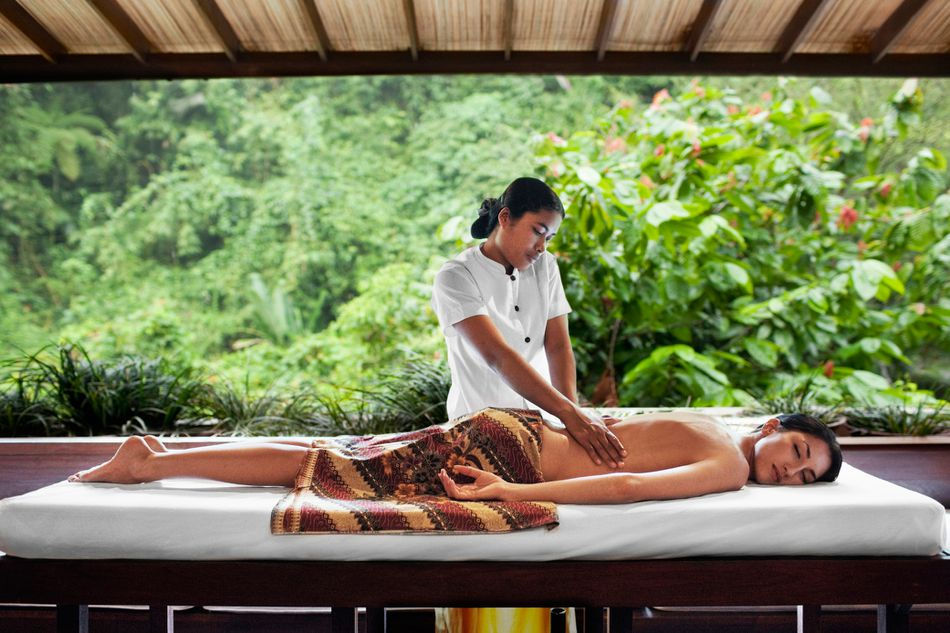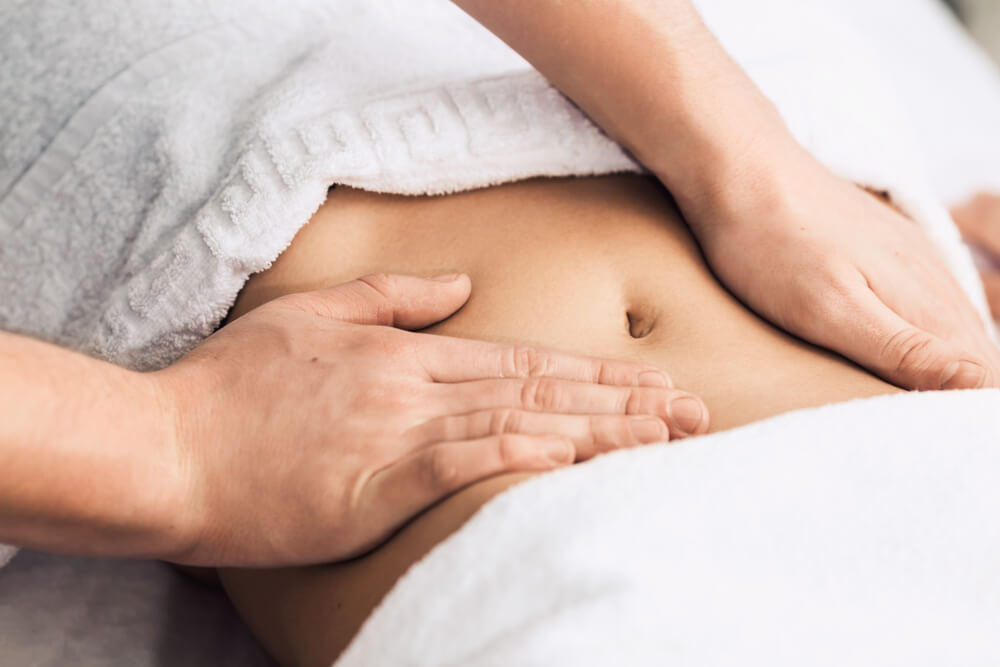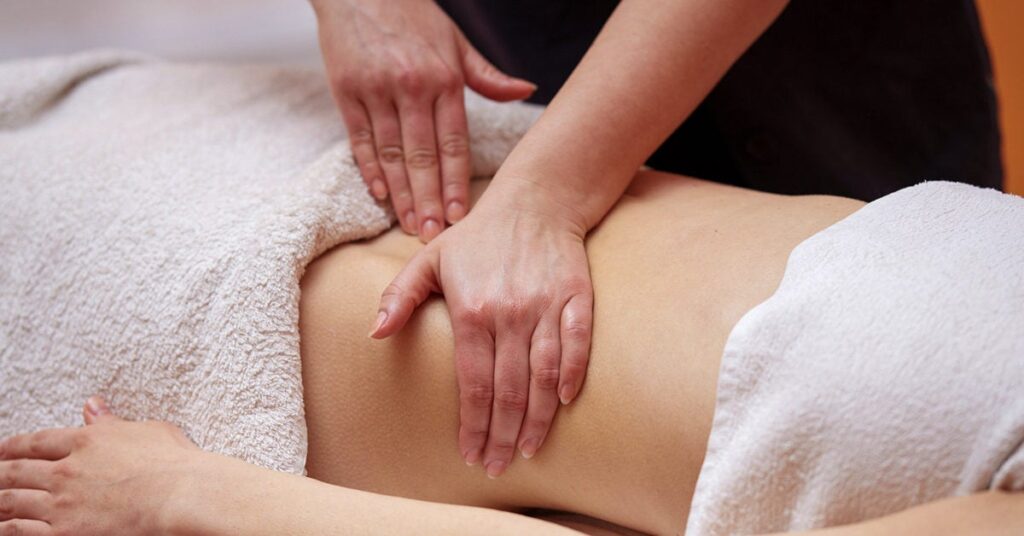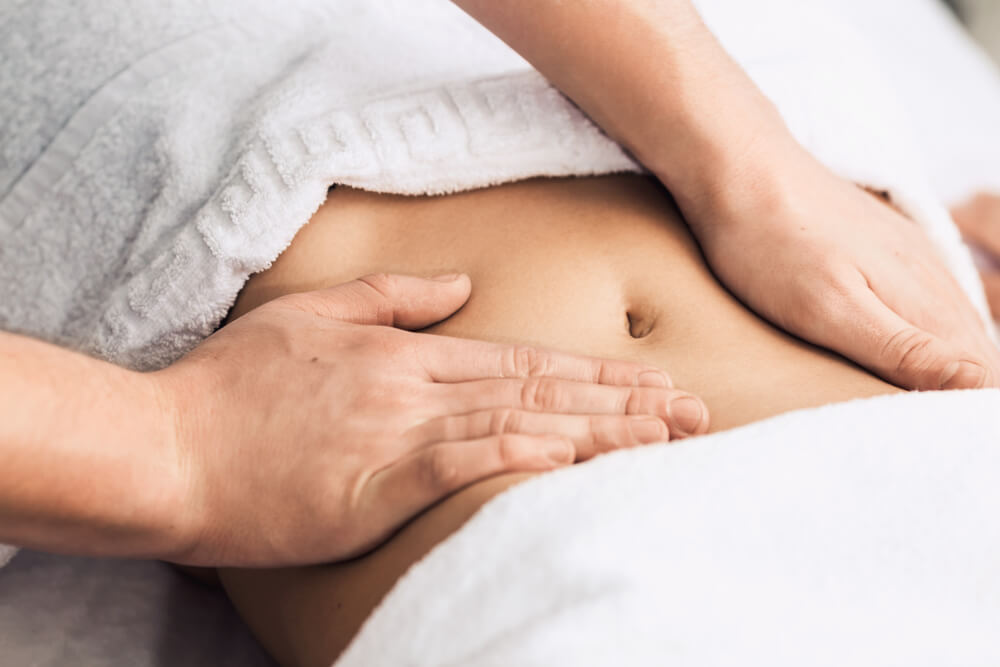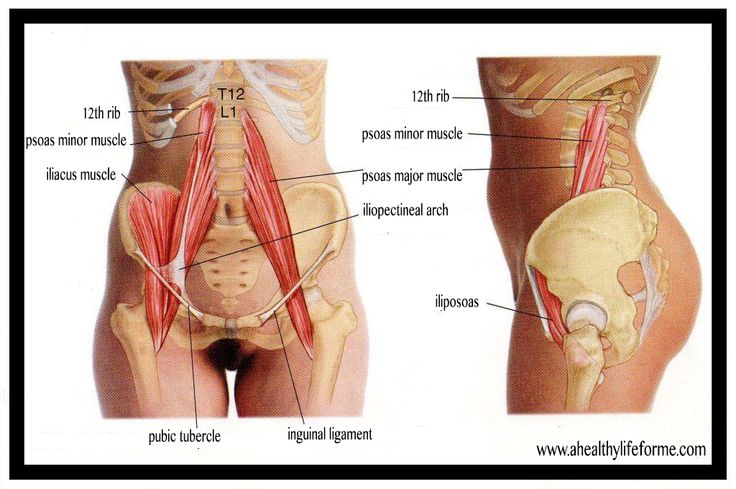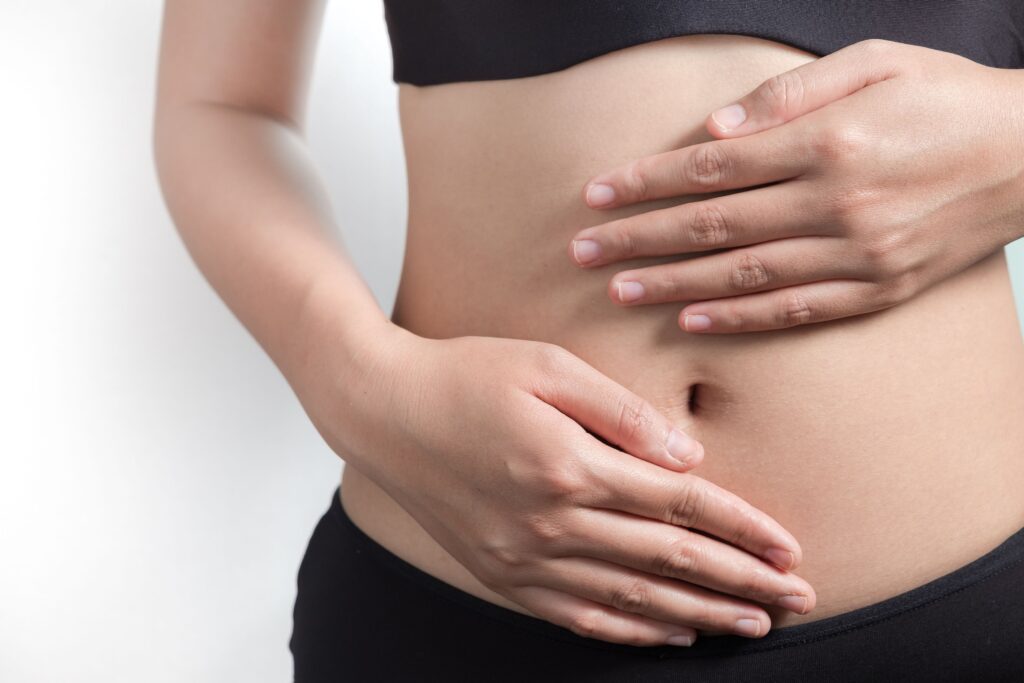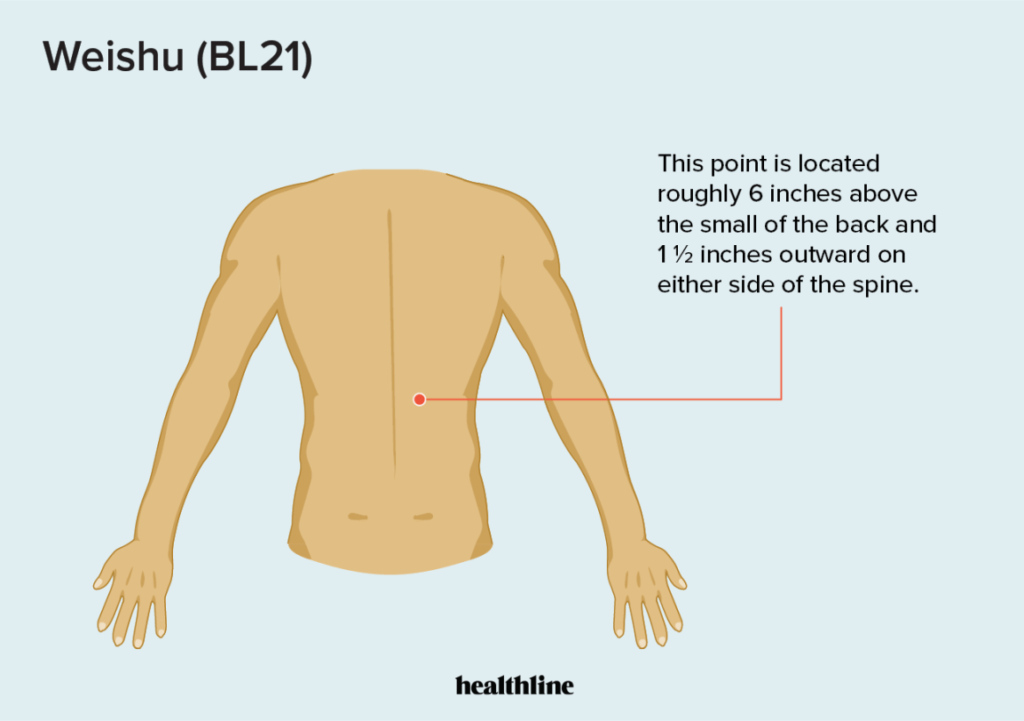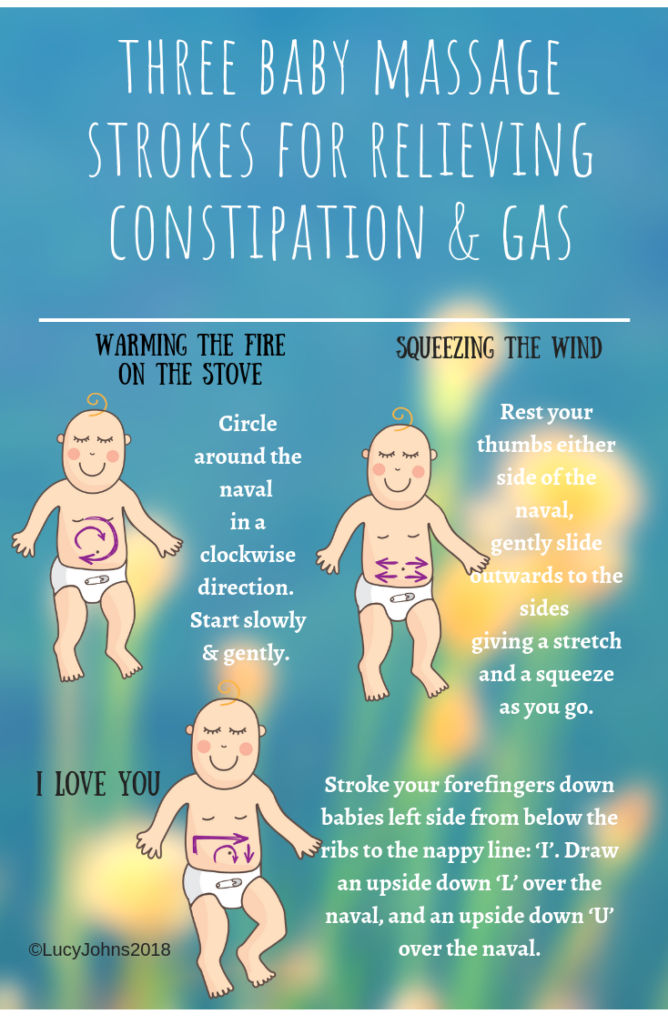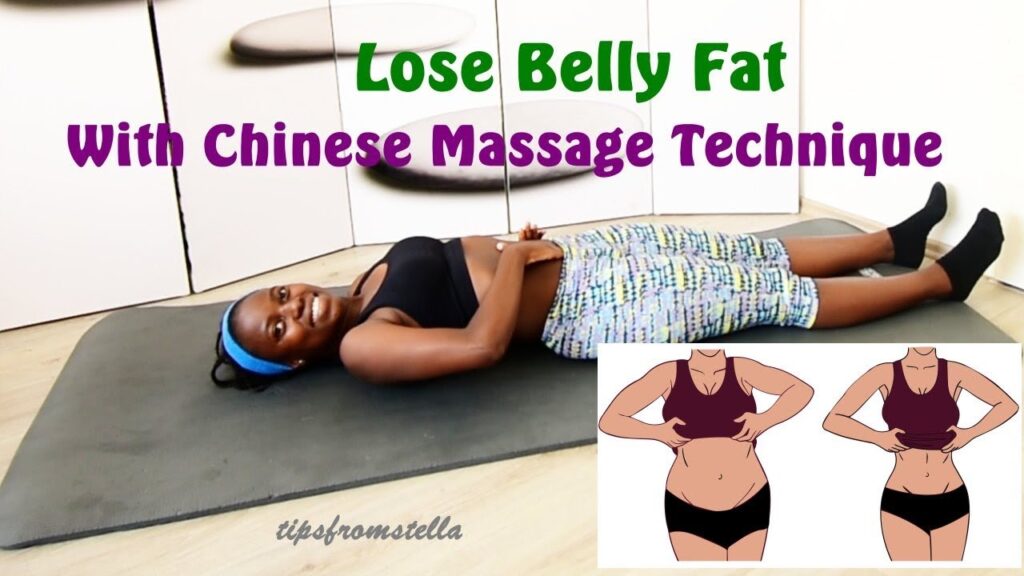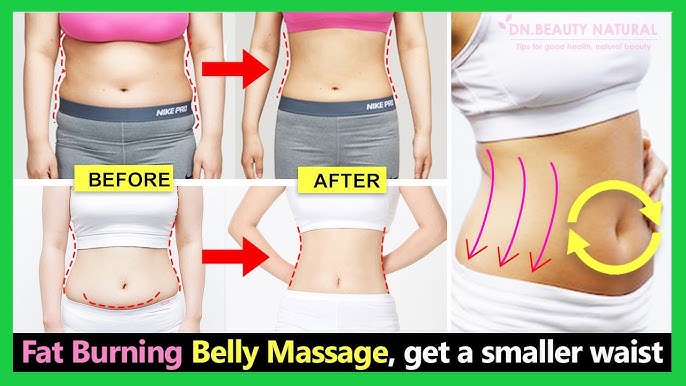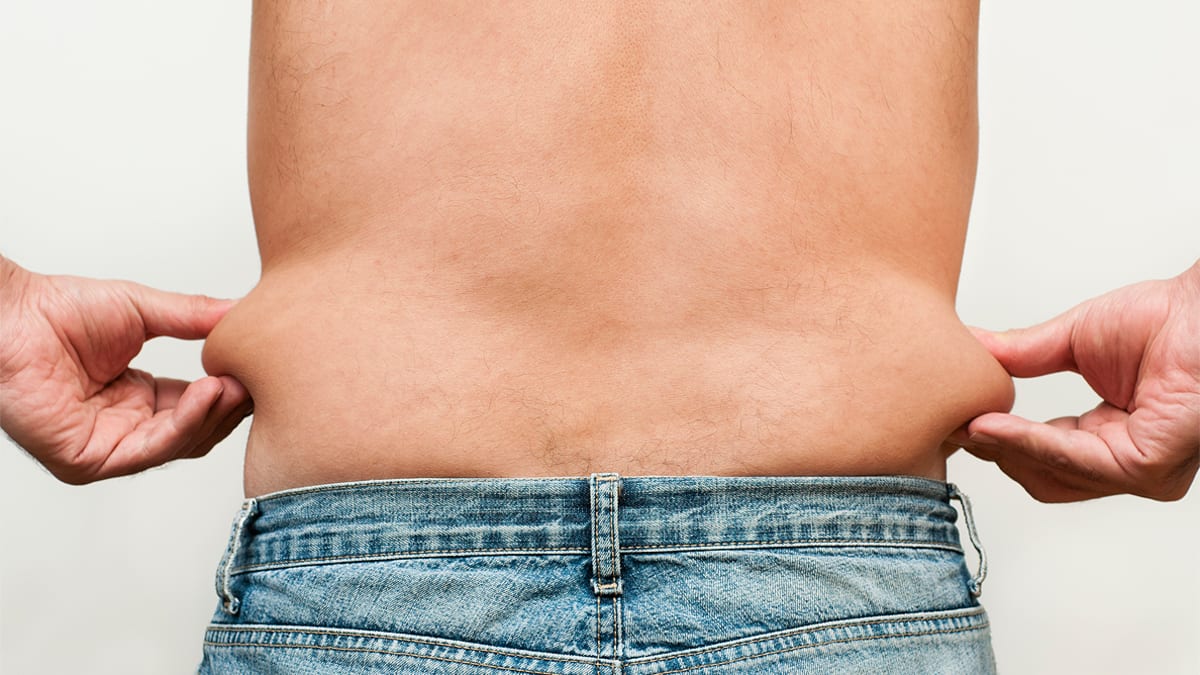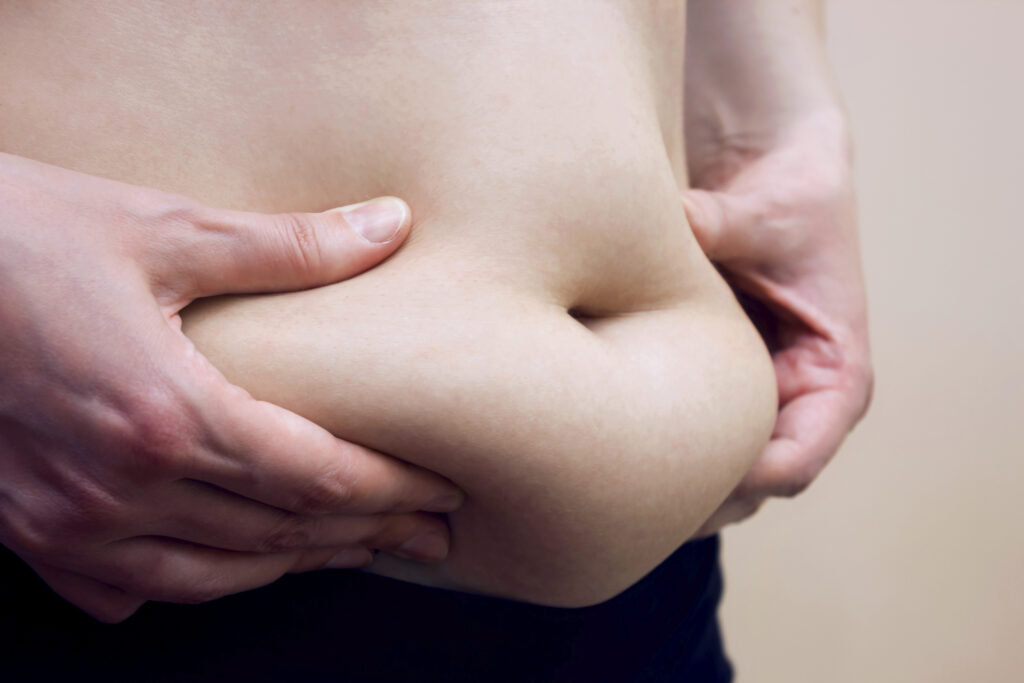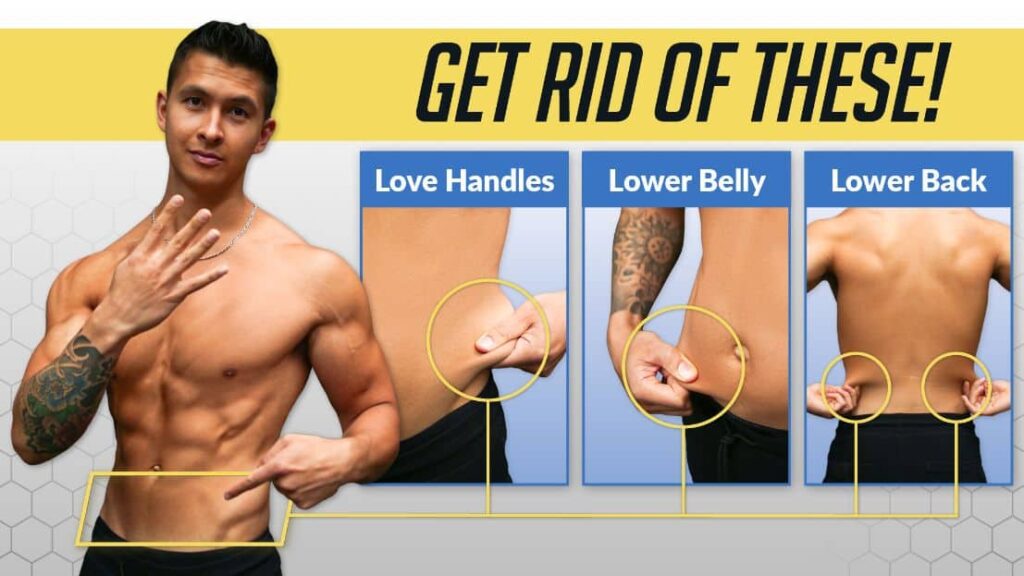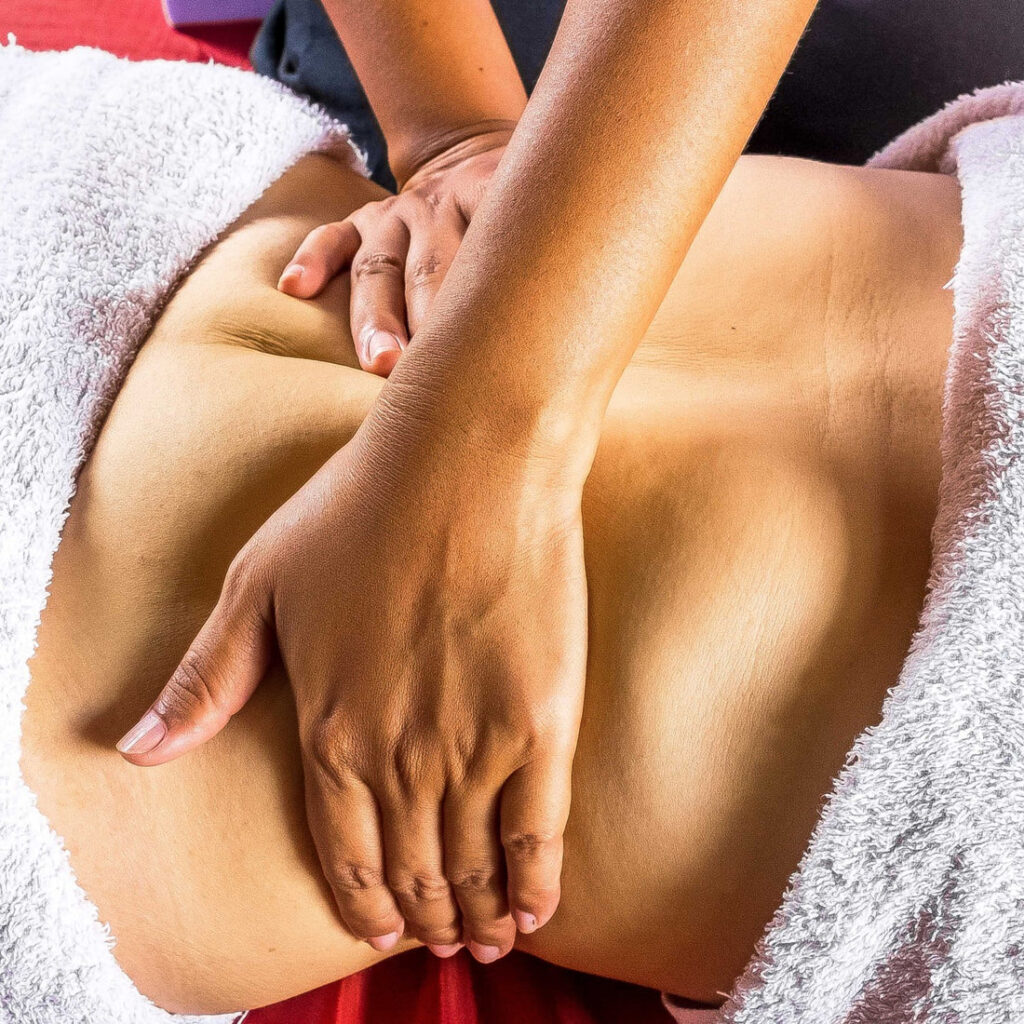In this article, we will discuss whether or not you should shower before getting a massage. We’ll explore the benefits of showering beforehand and how it can enhance your massage experience. Additionally, we’ll also consider any potential drawbacks or considerations to keep in mind. By the end, you’ll have a clearer understanding of whether showering before a massage is right for you.
Benefits of Showering Before a Massage
Cleanses the body
Showering before a massage provides many benefits. One of the primary advantages is that it cleanses the body. Throughout the day, our skin accumulates dirt, sweat, and other impurities that can inhibit the massage experience. By taking a shower before your appointment, you eliminate these substances and ensure that your body is fresh and clean, creating a more pleasant experience for both you and your massage therapist.
Promotes relaxation
Another benefit of showering before a massage is that it promotes relaxation. Warm water helps to relax muscles and alleviate tension, making it an ideal way to prepare your body for a massage session. By starting the process of relaxation in the shower, you can set the stage for an even more enjoyable and calming experience during the massage itself.
Enhances the massage experience
Showering before a massage can greatly enhance the overall experience. When your body is clean, your massage therapist’s hands glide smoothly over your skin, making it easier for them to perform various techniques. The absence of dirt and oils on your body also allows the therapist to apply more pressure when necessary without any hindrances. Consequently, a pre-massage shower can help you receive the full benefits of the massage, including increased circulation, pain relief, and stress reduction.
Helps prevent skin infections
Maintaining good hygiene is essential for preventing skin infections, especially when it comes to receiving a massage. Showering before your appointment helps to eliminate bacteria and other microorganisms from your skin, reducing the risk of developing infections after the massage. By practicing proper cleanliness and taking a shower beforehand, you demonstrate respect for your massage therapist’s workspace and ensure a hygienic environment for both of you.
Considerations for Showering Before a Massage
Personal hygiene
Personal hygiene is of utmost importance when it comes to receiving a massage. By showering before your appointment, you show consideration for your massage therapist and create a more enjoyable experience for both of you. It is recommended to wash your entire body using mild soap and warm water, paying attention to commonly neglected areas such as underarms, feet, and intimate areas. This ensures that your body is fresh and odor-free during the massage.
Body odor
Body odor can be a concern when receiving a massage. The combination of sweat, bacteria, and other substances can create an unpleasant smell, which can be distracting during the session. Showering before a massage helps to eliminate body odor, allowing you to fully relax and enjoy the experience without having to worry about any unpleasant smells.
Sweat and bacteria
Sweat and bacteria can accumulate on the skin throughout the day, particularly in areas with more sweat glands, such as the underarms and groin. By showering beforehand, you remove these substances, minimizing the risk of transferring bacteria onto the massage table or the therapist’s hands. This ensures a clean and hygienic environment for both you and your massage therapist.
Massage oil absorption
Massage oils and lotions are often used during massage sessions to enhance the therapeutic benefits and provide a smoother glide for the therapist’s hands. Showering before a massage helps to prepare your skin by removing excess oils and dead skin cells, allowing the massage oil to penetrate and nourish the skin more effectively. This can enhance the overall massage experience and improve the absorption of the beneficial properties of the oils used.
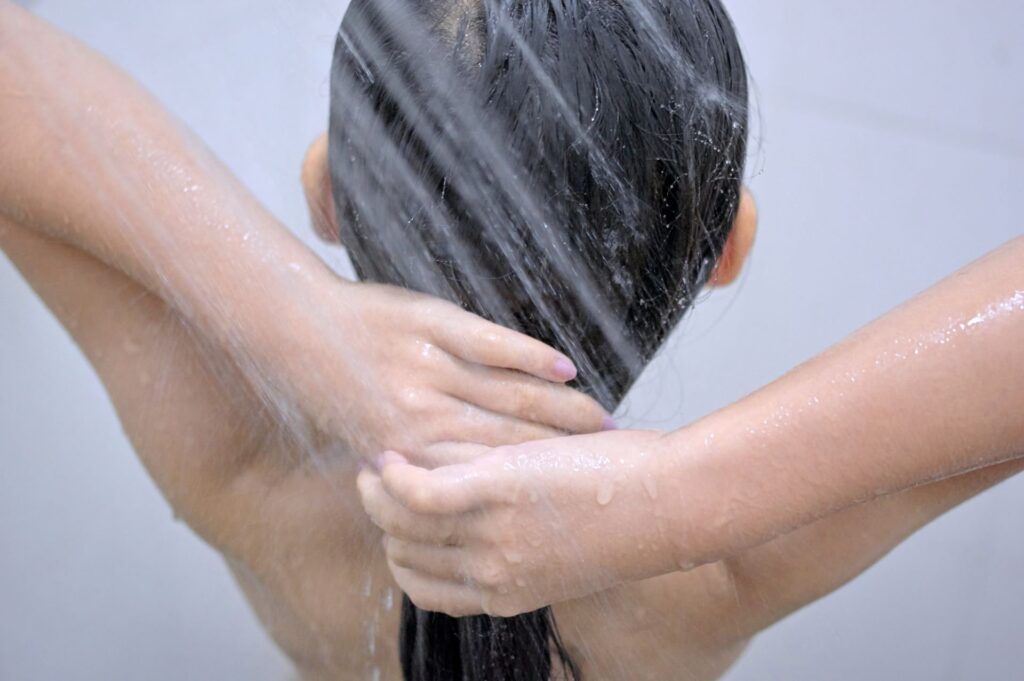
This image is property of images.squarespace-cdn.com.
Proper Showering Etiquette for a Massage
Use mild soap and warm water
When showering before a massage, it is important to use mild soap and warm water. Harsh soaps or aggressive scrubbing can strip the skin of its natural oils and disrupt its pH balance, leaving it dry and irritated. Opt for a gentle soap that will cleanse your skin effectively without causing any unnecessary damage or irritation.
Thoroughly rinse the body
Make sure to thoroughly rinse your entire body to remove any soap residue. Soap that is not properly rinsed off can stick to the skin and leave a residue, which can be uncomfortable during the massage. Rinse your body thoroughly, paying attention to hard-to-reach areas like the back and behind the ears, to ensure that no residue remains.
Pay attention to commonly neglected areas
When showering before a massage, it is important to pay special attention to commonly neglected areas such as the feet, underarms, and intimate areas. These areas may harbor more bacteria and sweat, so taking the time to thoroughly cleanse them will help to maintain good hygiene during the massage. Use a gentle scrub or brush to exfoliate these areas and remove any dead skin cells or buildup.
Avoid using heavy perfumes or lotions afterward
After showering, it is best to avoid using heavy perfumes or lotions that may interfere with the massage experience. Strong scents can be overwhelming and distracting for both you and your massage therapist. If you wish to apply any moisturizer or fragrance, opt for a light, unscented option that will not interfere with the massage session.
When Not to Shower Before a Massage
Recent sunburn or skin irritation
If you have recently experienced sunburn or any other form of skin irritation, it is best to avoid showering before a massage. The water and pressure from the shower may aggravate the sensitive skin, causing further discomfort or pain. Instead, it is recommended to wait until the skin has healed before scheduling a massage.
Open wounds or infections
Showering before a massage is not advisable if you have any open wounds or active skin infections. Water and massage oils can exacerbate these conditions, potentially spreading bacteria or causing further irritation. It is essential to allow your wounds or infections to heal before seeking a massage to avoid any complications.
Certain medical conditions
If you have certain medical conditions that may be aggravated by water or heat, it is important to consult with your healthcare provider or massage therapist before showering before a massage. Conditions such as cardiovascular issues, uncontrolled high blood pressure, or certain skin conditions may require specific precautions or adjustments to your massage routine.
Consultation with the therapist
When in doubt, it is always best to consult with your massage therapist. They are well-trained professionals who can provide guidance and recommendations based on your specific circumstances. By discussing your concerns and any medical conditions you may have, you can work together to determine if showering before the massage is appropriate for you.

This image is property of sandradiazmassage.com.
Opinions from Massage Therapists
Different perspectives
Massage therapists may have different perspectives on whether clients should shower before a massage. Some may prefer clients to be freshly showered, while others may not consider it necessary. It is important to respect each therapist’s preferences and guidelines, as they are trained professionals with their own unique practices.
Professional advice
Massage therapists can provide valuable professional advice on whether you should shower before a massage. They understand how the body works and can assess the specific needs of each client. If you have any concerns or questions, it is best to consult with your massage therapist directly to ensure that you receive accurate and tailored advice.
Client preferences
Massage therapists often prioritize client comfort and satisfaction. If you have a personal preference regarding showering before a massage, it is important to communicate this with your therapist. They will typically do their best to accommodate your preferences as long as it aligns with their professional guidelines and standards.
Hygiene and cleanliness standards
Hygiene and cleanliness are paramount in the massage industry. Massage therapists adhere to strict hygiene standards to ensure the safety and well-being of their clients. Showering before a massage is just one aspect of maintaining proper hygiene and contributing to a clean and comfortable environment for both the therapist and client.
Client Experiences and Preferences
Comfort and relaxation
Many clients find that showering before a massage enhances their comfort and relaxation during the session. The feeling of cleanliness and freshness can contribute to a greater sense of well-being and allow them to fully unwind and enjoy the massage experience. Personal preferences may vary, but for those who enjoy the added cleanliness, showering beforehand is a common practice.
Personal preference
Ultimately, whether or not you shower before a massage is a personal preference. Some individuals may feel more comfortable showering beforehand, while others may prefer to skip the shower. It is important to listen to your body and choose what makes you feel most at ease. Communicate your preference to your massage therapist so that they can tailor the experience to your needs.
Discussion with therapist
If you are unsure whether to shower before your massage, it may be helpful to have a discussion with your massage therapist. They can provide insights and recommendations based on their experience and expertise. By openly discussing your concerns and preferences, you can work together to create a massage experience that meets your specific needs.
Hygienic concerns
Hygienic concerns are a common reason why clients choose to shower before a massage. Many individuals feel more comfortable knowing that they are clean and fresh when receiving a massage. By showering beforehand, you can alleviate any worries about body odor, sweat, or other hygiene-related issues, ensuring a more pleasant experience for both you and your massage therapist.
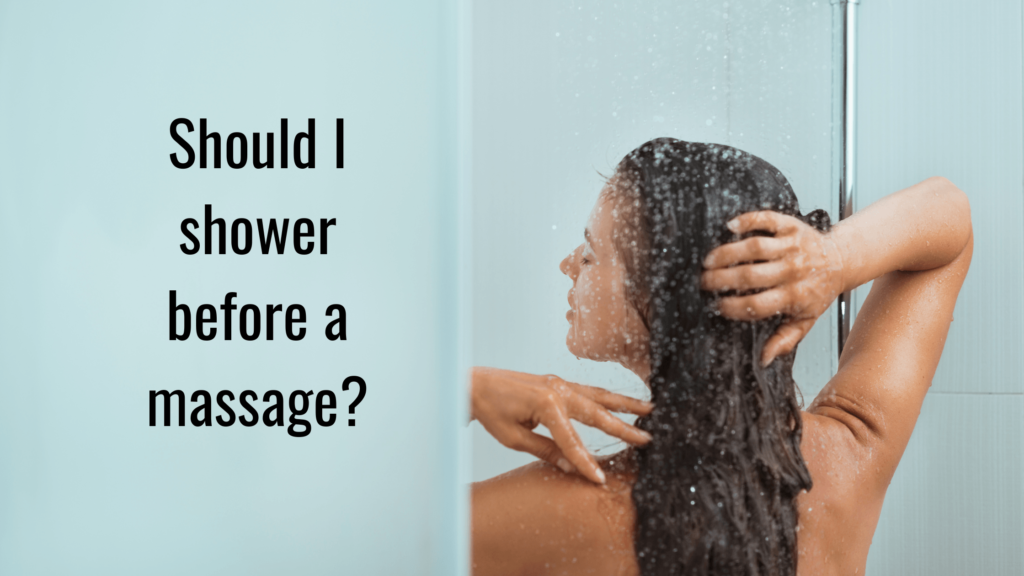
This image is property of meltblogs.com.
General Guidelines for Showering Before a Massage
Timing and preparation
It is best to shower shortly before your massage appointment to ensure that you are clean and fresh when you arrive. However, be mindful of the timing to avoid feeling rushed or arriving late. Allow yourself enough time to thoroughly cleanse your body and get ready without feeling stressed or hurried.
Fresh and clean attire
In addition to showering before a massage, it is important to wear fresh and clean attire to further maintain hygiene. Choose comfortable clothing that allows easy access for the massage therapist to work on your body. Avoid wearing excessive jewelry or accessories that may get in the way during the massage.
Minimal use of hair products
When showering before a massage, it is advisable to minimize the use of hair products such as gels, sprays, or oils. These products can transfer onto the massage table, making it slippery and potentially uncomfortable for the therapist. If you must use hair products, opt for a minimal amount and ensure that they are absorbed or dry before the massage.
Proper cleanliness
Lastly, it is essential to ensure proper cleanliness when showering before a massage. Pay attention to your entire body and cleanse all areas thoroughly, including hard-to-reach spots. Use mild soap and warm water, and always rinse off any residue. By practicing good hygiene, you contribute to a more enjoyable and comfortable massage experience for both you and your therapist.
Final Thoughts
When considering whether or not to shower before a massage, it is important to think about individual factors, preferences, and the advice of your massage therapist. Showering before a massage offers a range of benefits, including cleansing the body, promoting relaxation, enhancing the massage experience, and preventing skin infections. However, it is essential to take into account any personal considerations, such as recent sunburn or skin irritation, open wounds or infections, and certain medical conditions.
Maintaining proper hygiene is key when it comes to receiving a massage. By showering before your appointment and following proper etiquette, you create a clean and comfortable environment for both you and your massage therapist. Client experiences and preferences can vary, so open communication with your therapist is crucial to ensure that your needs and preferences are met.
In conclusion, showering before a massage can be a beneficial practice that enhances the overall experience. Whether you choose to shower or not, maintaining proper hygiene and consulting with your massage therapist are important steps to ensure a positive and enjoyable massage session. So go ahead and discuss with your therapist, take care of your personal hygiene, and get ready to fully unwind and experience the many benefits of a relaxing massage.

This image is property of images.squarespace-cdn.com.

